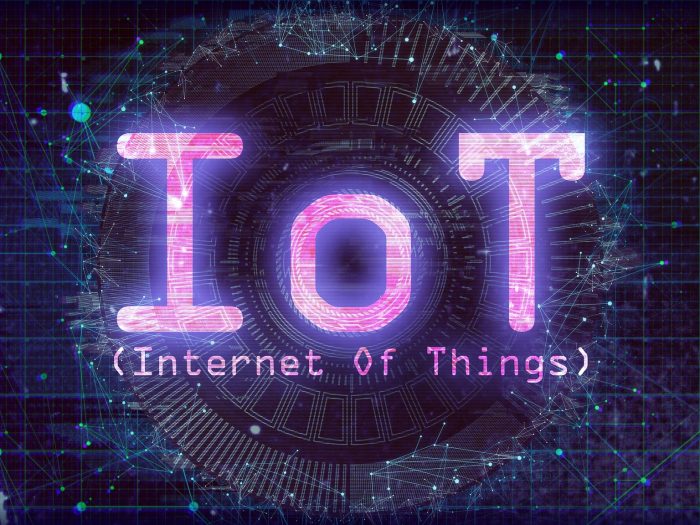Connecting workers and employees through the Internet of Things (IoT) can provide a major improvement to workplace productivity and safety. It is becoming increasingly normal for both startups and major corporations to provide services that enable businesses to track their staff, in order to improve efficiency throughout the company. It could end up being a case of following suit or risk falling behind.
Before you wonder, connecting workers to IoT-based platforms and clouds aren’t really all about keeping tabs and monitoring workers’ every move like some kind of workplace Big Brother. The use of sites such as Oracle, SAP, Intel, and Romware all show that safety and security concerns tend to be the most common reasons given for the increased use of smart devices to monitor employees in the workplace.
Oracle’s IoT Connected Worker Cloud service enables businesses to observe the exact locations of their employees in hazardous environments. It alerts workers whenever they approach a particular danger or hazard and effectively controls access to restricted areas, without the use of keys.
Intel has created a range of wearable devices currently being used by fire and rescue services to track exactly where firefighters are in a building so that they can easily be rescued if in danger or directed to a different area.
Romware, a Belgium-based company provides the logistics, construction, and energy industries with a Smart Worker device that alerts managers when untrained employees attempt to use dangerous machinery. In addition, it will send a distress signal and alert colleagues in the event of an accident.
The above examples create a strong case for IoT-connected workers in the context of workplace safety. Convincing workers of these benefits is a different matter, although early signs are encouraging.
Stanislas Dehem, an engineer at BESIX, a Belgium-based construction company was quoted as saying: “One of our biggest question marks is: will the worker wear it?” at an industry trial in Denmark. “Will they keep it? Will they use it? Will they react if they get warned?”
In retrospect, speaking during this year’s IoT Solutions World Congress in Barcelona, Dehem reported back that the previous trial was encouraging.
He stated the reaction had been quite positive and that workers were quite happy to be the focus of a new technology designed specifically for them and which would enable them to better negotiate the dangers in their workplace.
A key finding in the research was that it was important to ensure that employees recognized it was in their own interests to wear the devices. Initially, it was thought that there would be more of a resistance to uptake when it came to efficiency rather than safety in the workplace. However, early signs are indicating that if the focus is on improving productivity at organizational, rather than an individual level, any initial resistance or reluctance is likely to be overcome.
A good example is The Edge in Amsterdam. This is a smart building that is currently occupied by Deloitte. It monitors the movements and activities of staff and equipment in the building. Employees are all connected to a central app that connects them to the building and is capable of directing them to available working spaces, parking spaces, and individual colleagues. It even knows how everyone takes their coffee! It has improved productivity and workers have commented that it does so without feeling oppressive and grading them as individuals. The company is provided with an overall picture of how everyone is collaborating within the building and utilizing the space. It has enabled Deloitte to make significant improvements to its overall structure and organization and improve productivity. This has improved the day-to-day lives of its employees.
Without a doubt, connected workers are the future, but one thing that employees and unions should be mindful of is the risk of a Big Brother workplace and lack of privacy. So far, IoT wearables have had a positive impact in terms of helping workers stay safer and more productive at work. However, as wearables become more mainstream, there is a risk that this could create scenarios where employers have an excessive and counterproductive amount of control over their employees.
Is this an exaggerated risk? Possibly. However, there are signs emerging that at least some companies may end up using wearables to gain an excessive amount of control over their staff.
Amazon patented a wristband in 2018 which is capable of tracking employee movements within their warehouses. With reports surfacing of such companies firing employees who don’t work fast enough, one questions whether in the wrong hands these movement trackers could be used to force workers to work under increasingly harsh conditions or face the sack.
Whilst we’re still some way from such a scenario, it is important to acknowledge that advances in technology can also come with a risk. Fortunately, most of the current uses in IoT technology relate to worker safety and organizational efficiency and that is a good thing.



